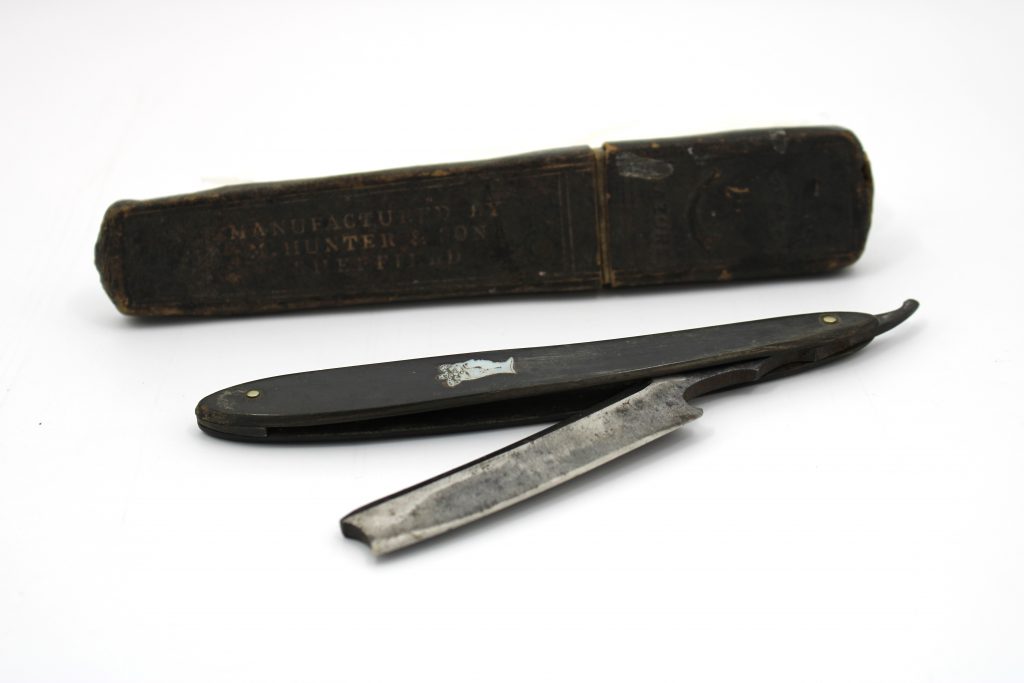In 1600 a group of London merchants founded the East India Company to profit from the sale of Southeast Asian goods including spices, silk and indigo. They travelled to the region we now call India and competed against other European companies for land and goods. They also made deals with various Indian rulers to obtain permission to trade in their territories.
Through the East India Company, the influence of the British Empire spread to India. Originally the Company was independent from the British Crown, but overtime its affairs were increasingly regulated by Acts of Parliament. By 1813, the British Crown claimed sovereignty over the East India Company’s Indian territories. It was the rebellions of 1857 which gave the Crown the chance to seize complete control of British India.
The Company’s Indian Armies
To protect its interests, the Company had formed its own armies consisting of Indian and European men. These forces were separate to the Crown’s British Army.
The Company’s Indian soldiers were known as sepoys and they served in Native Infantry regiments. These regiments outnumbered, and were separate from, the regiments of European soldiers but they were commanded by European officers. While some Indians could become officers, they always ranked below their British counterparts.

The role of the British Army
Soldiers from the British Army were sent to support the East India Company as it claimed land and introduced new taxes and agricultural policies. By the 1800s the British had taken control of large regions of India, often by overthrowing the local ruler (the Nawab or Raja).
The 32nd Regiment of Foot in India

The 32nd of Foot was a regiment of the British Army. Its men were sent to India in 1846. To mark their posting, they were given razors like the one in the photograph. The razors were a gift from Queen Victoria, whose profile is engraved on the handle. This razor belonged to Private John Higgins Hicks of the 32nd Regiment.
Headline Image Courtesy of the National Army Museum, London
